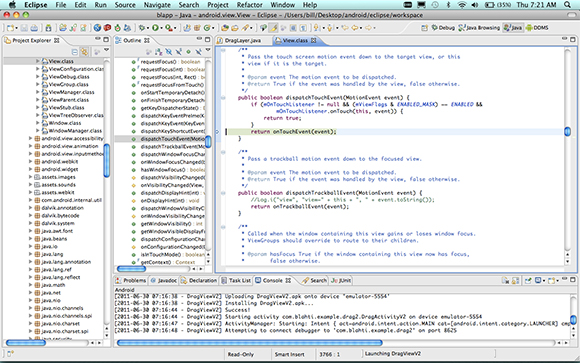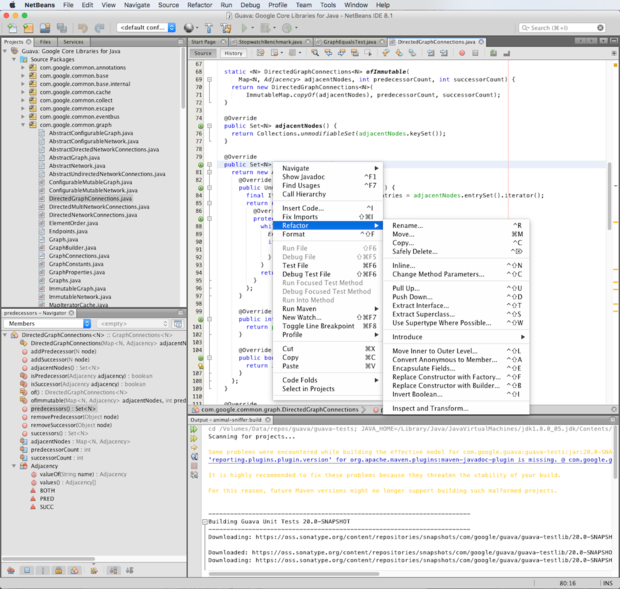
While Eclipse is written in Java and is primarily used for developing Java applications, it is also compatible with most dozens of coding languages such as C, C++, C#, Clojure, COBOL, D, Erlang, Fortran, Groovy, Haskell, JavaScript, PHP, Prolog, Python, R, Ruby (including Ruby on Rails framework), Rust, Scala, and more. It is also compatible with a vast library of plug-ins that can extend its capabilities beyond what is initially installed on your computer. Developers like it for the intuitive process and creating a solid infrastructure which helps with the development process. It provides developers with a fully-featured integrated development environment for free. With over a million downloads per month and a market share of over 60%, Eclipse IDE is one of the most popular open-source tools for Java developers.

There are also two additional folders named “.eclipse” and “.p2,” containing workspaces and other IDE components. There are several folders that have Eclipse in the name, and all you have to do is delete the folders to remove the program. This means that when you want to uninstall Eclipse, you’ll have to find the installation folder and remove it. The Eclipse installation isn’t like most other programs, and it isn’t listed with installed programs and software. If you find that Eclipse IDE isn’t the right software for your open-source development needs, check out this list of free Eclipse alternatives.



While it was built with Java, the software can handle most of the common coding languages. Its rise in popularity can be attributed to top-notch features, such as autocomplete and auto-correction tools and an easy-to-use workstation.


 0 kommentar(er)
0 kommentar(er)
